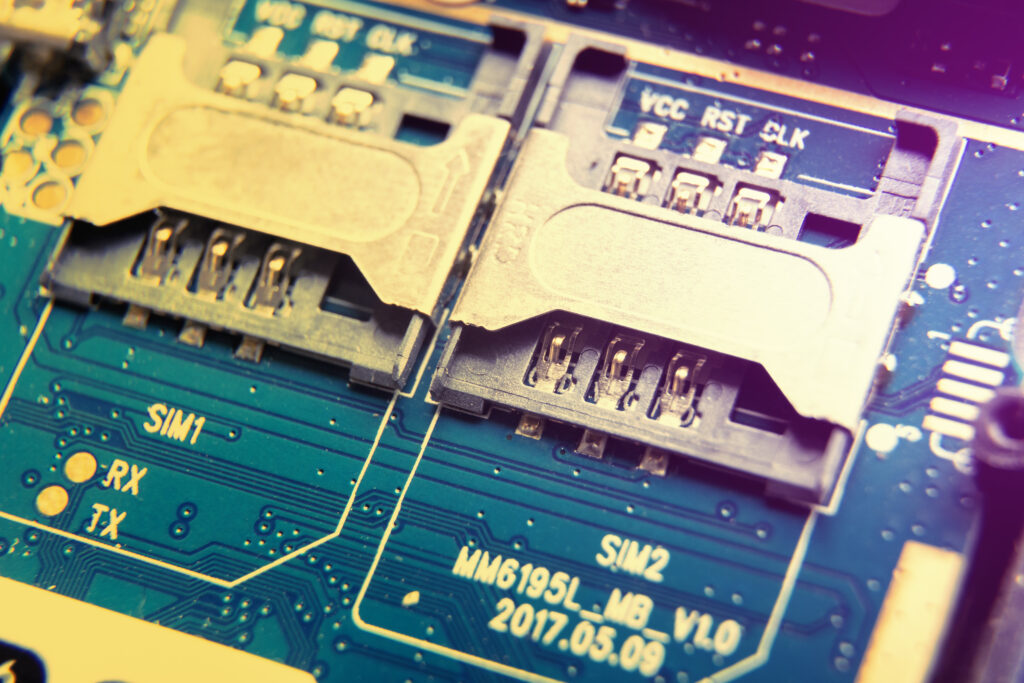Explore why Apple’s shift to MediaTek matters and its impact on the tech industry.
Apple’s decision to transition to MediaTek for its 5G RedCap technology in future Apple Watch models marks a pivotal moment in wearable technology. This move, underscored by MediaTek’s recent advancements, is poised to redefine the landscape of connectivity and efficiency in wearables. By adopting MediaTek’s Reduced Capability (RedCap) technology, Apple is setting the stage for a new era in smart device performance, benefiting not only consumers but also challenging competitors in the market.

The Significance of 5G RedCap
5G RedCap, or Reduced Capability technology, is a subset of the 5G standard designed specifically for devices that don’t require the full performance capabilities of traditional 5G networks. It bridges the gap between LTE and full-scale 5G by offering lower data rates, reduced power consumption, and optimized connectivity for smaller devices like smartwatches and IoT gadgets.
Key Features of 5G RedCap:
- Energy Efficiency: RedCap significantly reduces power consumption compared to traditional 5G solutions, making it ideal for battery-dependent devices like wearables.
- Compact Design: The smaller form factor of RedCap chips allows manufacturers to innovate more compact and lightweight designs.
- Cost-Effectiveness: By tailoring connectivity features to specific needs, RedCap lowers production costs, making advanced technology accessible to a broader audience.

Why Apple Chose MediaTek
MediaTek’s leadership in delivering energy-efficient and cost-effective solutions aligns perfectly with Apple’s goals for its wearable lineup. MediaTek’s T300 chip and RedCap modem IP stand out as transformative innovations for wearable devices. Announced recently, these technologies bring significant advancements to the industry:
- World’s First 6nm RFSOC for RedCap Devices: MediaTek’s T300 is designed specifically for Reduced Capability devices, offering download speeds of up to 227 Mbps while consuming 70% less power than traditional 5G solutions.
- Integrated ARM Cortex-A35 Core: The chip’s compact and power-efficient design supports high performance without compromising on battery life.
- Alignment with 3GPP Standards: MediaTek’s adherence to the 3GPP RedCap standard ensures seamless integration and reliability across devices.
These innovations not only position MediaTek as a leader in the IoT and wearable segments but also promise transformative benefits for Apple’s smartwatches. By integrating these technologies, Apple aims to enhance user experience, especially for outdoor enthusiasts and health-conscious consumers.

Enhanced Connectivity for Apple Watch Users
Apple’s upcoming smartwatch models equipped with MediaTek’s RedCap technology will offer groundbreaking connectivity features. The satellite-based communication capability is a highlight, enabling users to send messages even without cellular or Wi-Fi connections. This feature caters particularly to hikers, adventurers, and users in remote areas, making the Apple Watch Ultra an indispensable device for safety and communication.
Satellite Connectivity: A Game-Changer
Apple’s collaboration with Globalstar for satellite connectivity marks another significant milestone. With an investment of $1.5 billion in Globalstar’s infrastructure, Apple has ensured robust satellite communication for its devices. This partnership, combined with MediaTek’s advanced technology, creates a synergy that enhances the Apple Watch’s appeal to a diverse audience.

Competition and Industry Implications
The adoption of MediaTek’s 5G RedCap technology positions Apple as a frontrunner in wearable innovation, challenging competitors like Samsung, Garmin, and Fitbit. Samsung’s existing blood-pressure monitoring features have faced criticism over calibration issues, providing Apple with an opportunity to deliver a superior alternative. Additionally, Garmin’s standalone satellite communication devices may face reduced demand as Apple integrates similar capabilities into its smartwatches.

What This Means for Consumers
For consumers, Apple’s transition to MediaTek signifies:
- Improved Battery Life: MediaTek’s energy-efficient chips will enhance the Apple Watch’s battery performance, allowing users to enjoy extended usage without frequent charging.
- Compact and Lightweight Designs: The smaller size of RedCap chips will enable Apple to innovate sleeker and more comfortable smartwatch designs.
- Broader Accessibility: By reducing production costs, Apple can potentially offer advanced features at competitive prices, making them accessible to a wider audience.
The Road Ahead for Apple and MediaTek
Apple’s collaboration with MediaTek is just the beginning of a broader strategy to integrate cutting-edge technology into its products. The shift from Intel to MediaTek for its wearable modems represents a significant step towards diversifying its supply chain and reducing reliance on traditional suppliers.
Future Possibilities:
- Advanced Health Monitoring: Apple continues to develop non-invasive blood-glucose tracking and hypertension detection features, which could revolutionize health monitoring in wearables.
- IoT Expansion: MediaTek’s expertise in IoT devices could pave the way for Apple to explore new markets and applications for its technology.
- Enhanced Ecosystem Integration: The synergy between MediaTek’s chips and Apple’s ecosystem promises seamless user experiences across devices.

Conclusion
Apple’s move to MediaTek for its 5G RedCap technology underscores its commitment to innovation and excellence in wearable technology. By leveraging MediaTek’s advancements, Apple is not only enhancing the performance and efficiency of its smartwatches but also redefining the possibilities for connectivity and health monitoring. This strategic partnership positions Apple at the forefront of wearable innovation, offering unparalleled value to consumers and setting new standards for the industry.

“The future of wearable tech is here.”
Are you excited about the future of wearable technology? Stay ahead of the curve by exploring the latest advancements in 5G connectivity and smart devices.
References
- MediaTek’s announcement on T300 chip and RedCap technology: MediaTek Official Site
- Analysis of RedCap technology by Ubergizmo: Ubergizmo
- Detailed coverage on MediaTek’s advancements by Android Headlines: Android Headlines
- Apple’s partnership with Globalstar: Bloomberg
Share your thoughts on how 5G RedCap could transform wearables in the comments below, and don’t forget to follow DigitalBlogly.com on Facebook, X, Tumbler for more insights into the tech innovations shaping our world!
